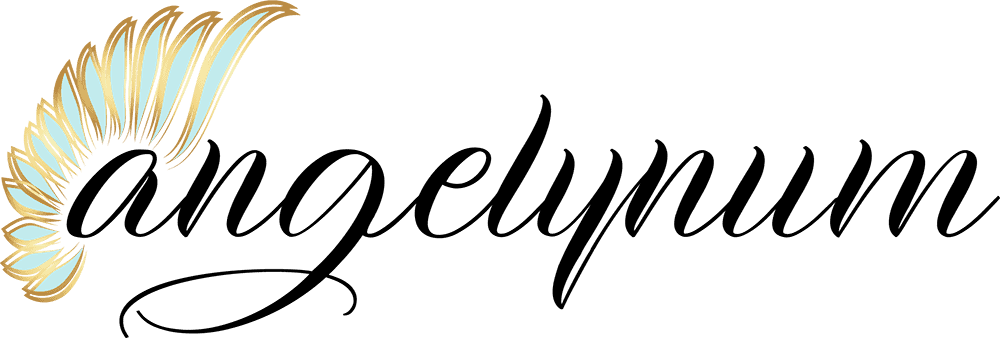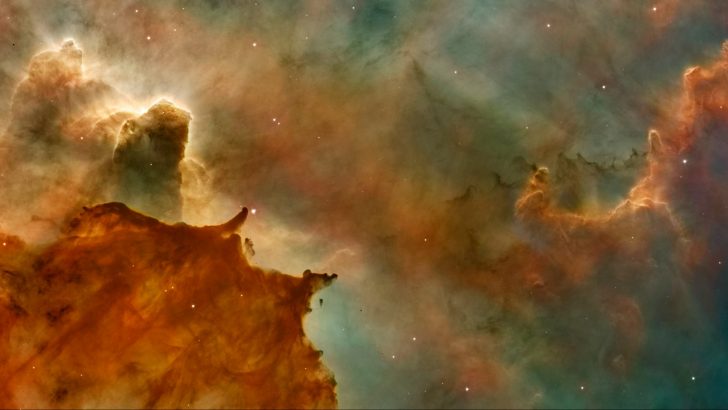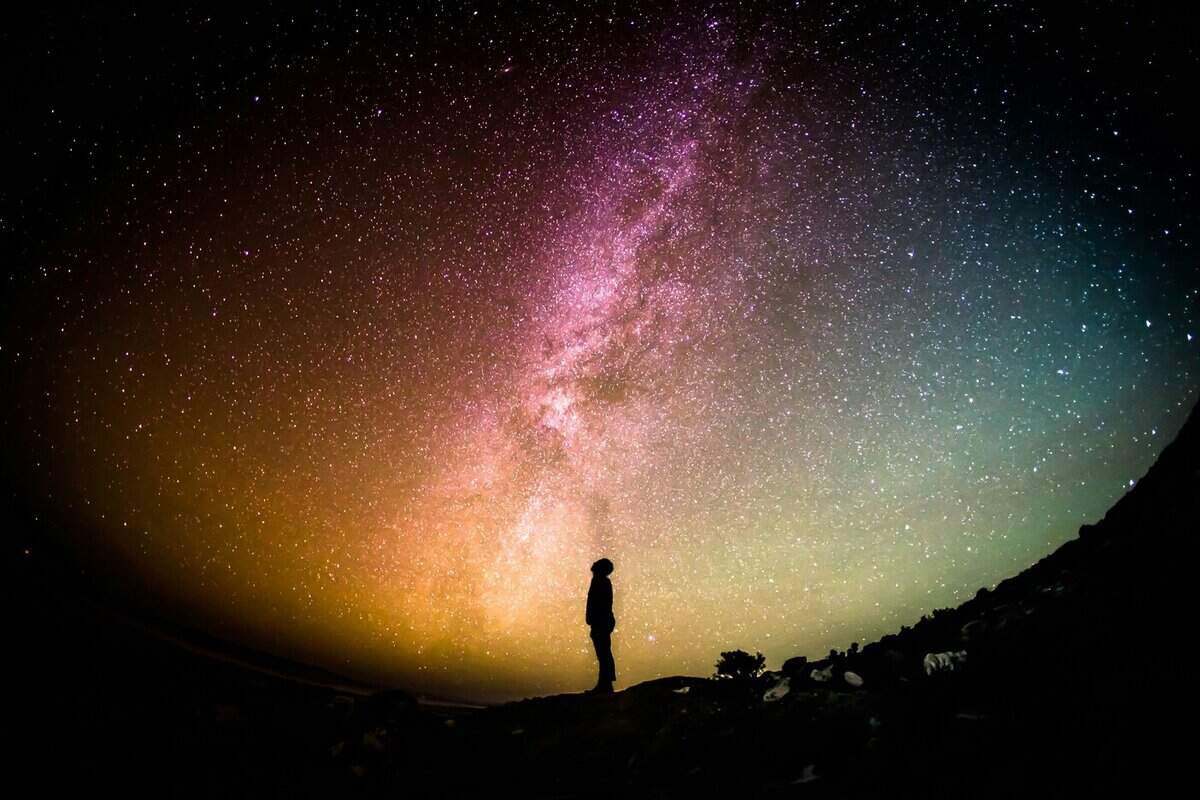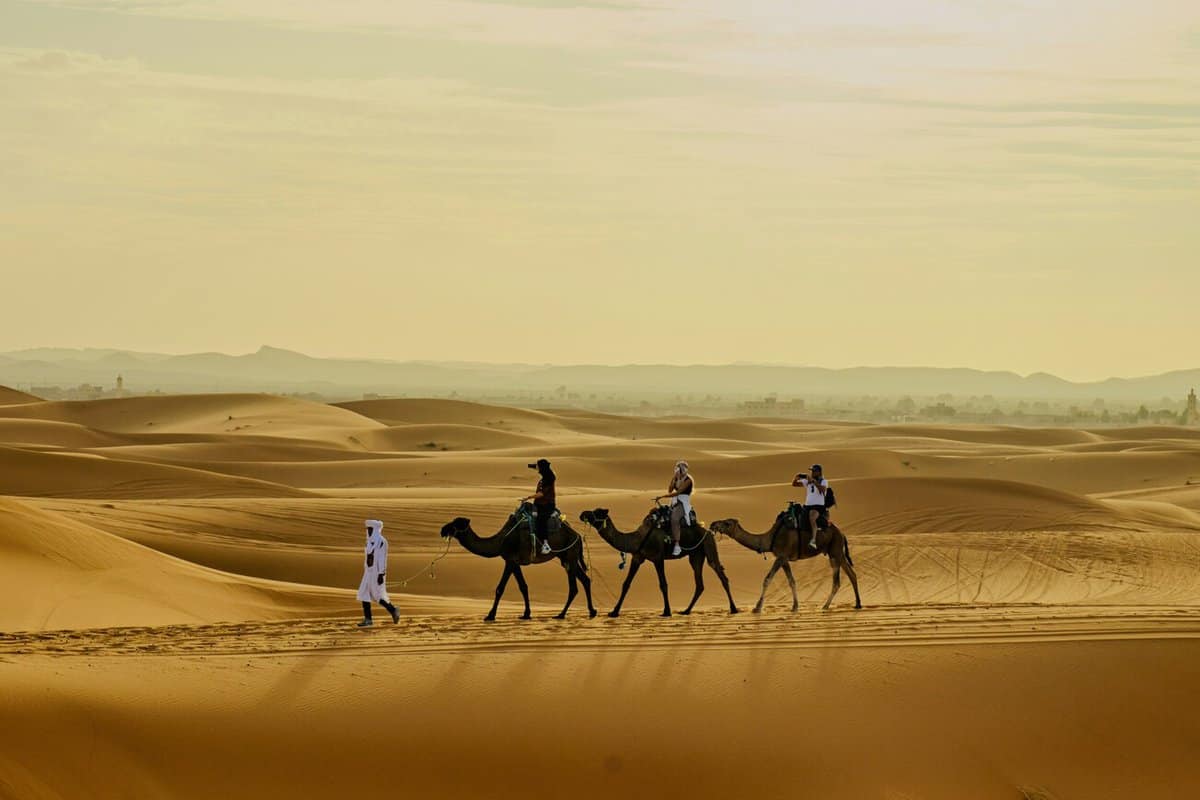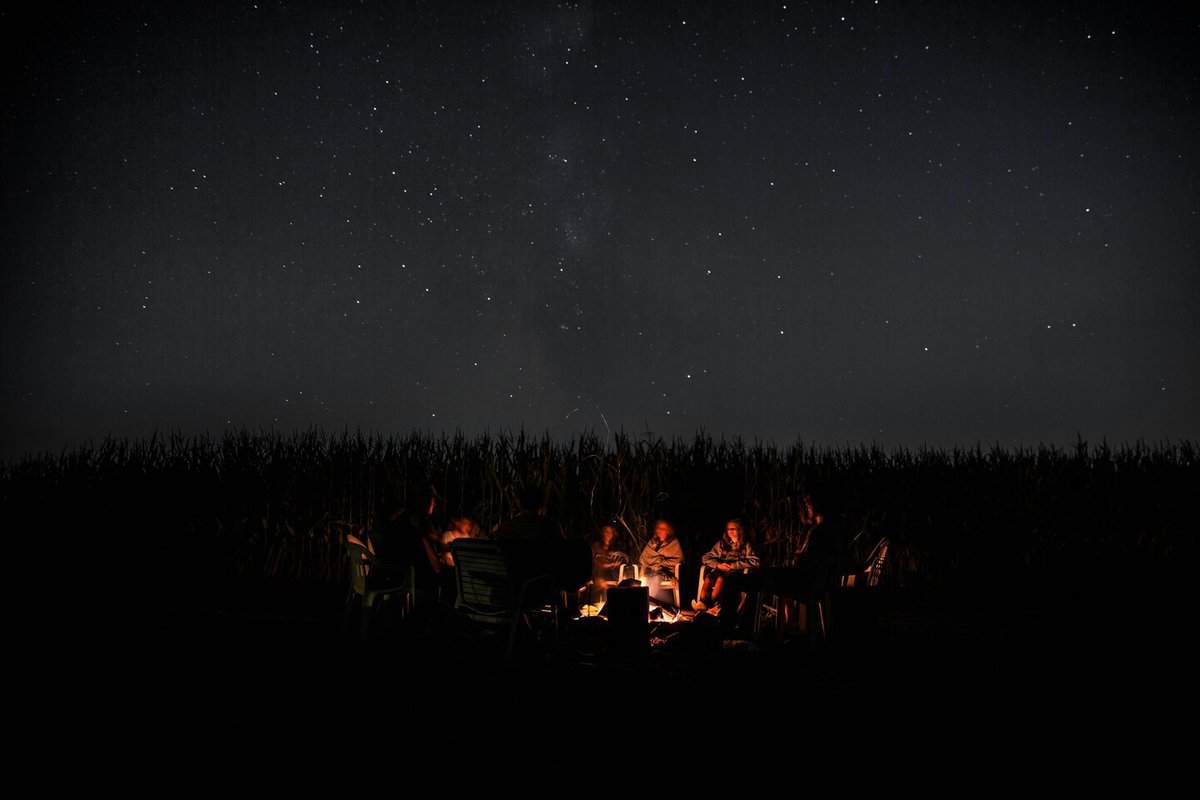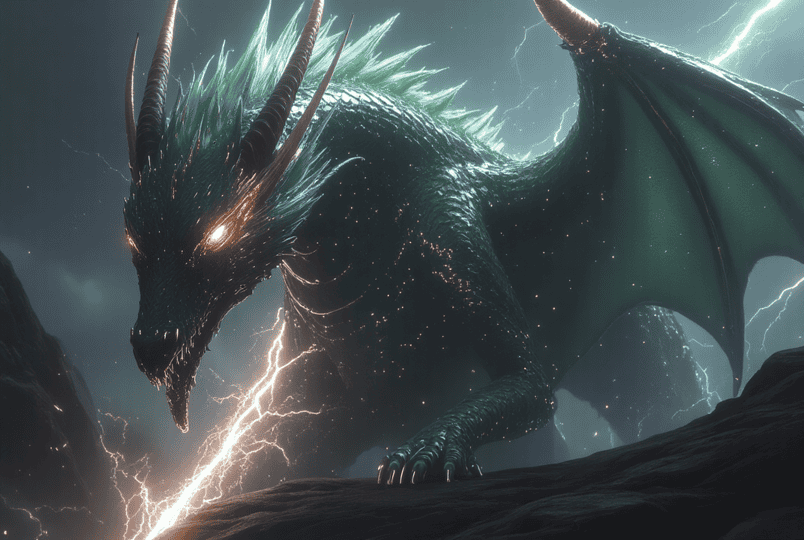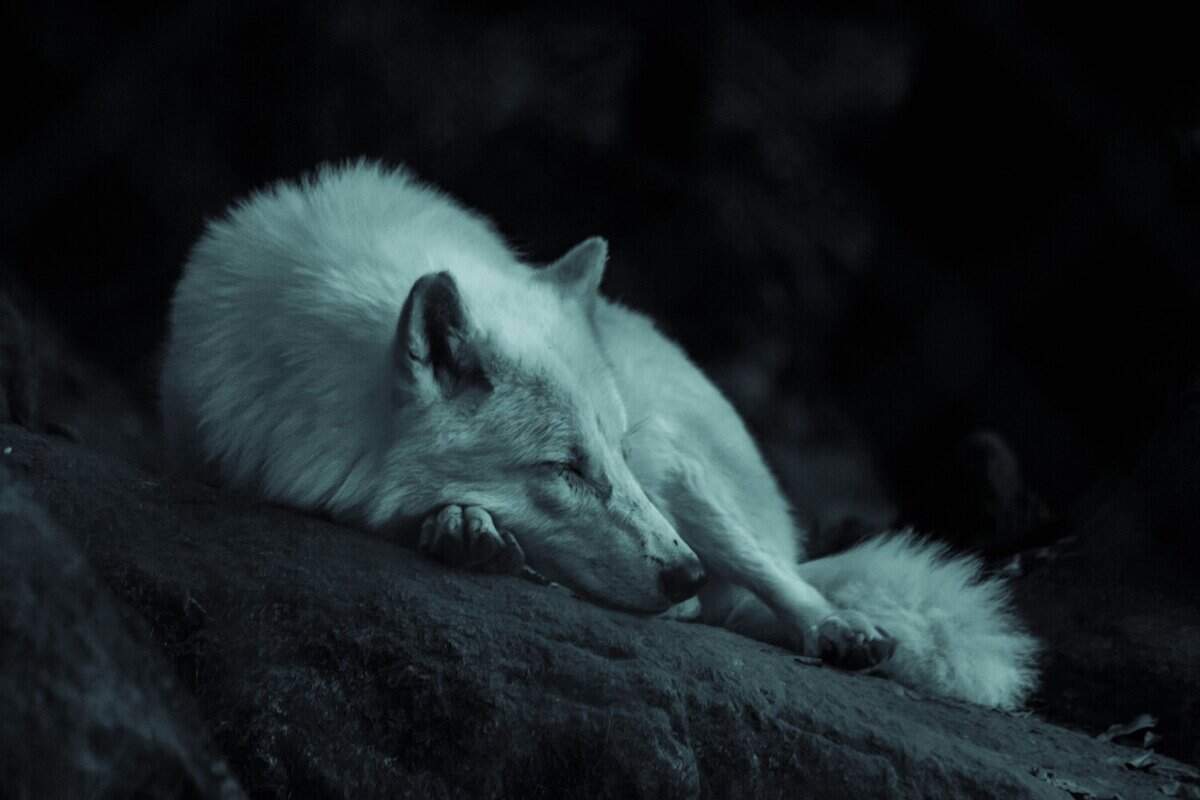Stories about colossal floods, greedy dragons, and resurrecting heroes are present all over the world.
No matter where you go, one of these is likely to be part of the local legends.
Are we all just copying each other? Or perhaps these myths come from some deep, shared part of our mind?
Or do they all actually stem from one ancient story that’s been reshaped by different cultures?
Let’s explore some popular theories about the common myths that seem to connect us all.
The Universal Mind Theory
This theory suggests that our myths come from the same core experiences: fear, love, hope, bravery, curiosity…
For instance, spirits and gods might have emerged because we notice agency and intention in nature; that’s why we have thunder and rain gods.
Dragons and monsters likely represent our primal fears of predators like snakes and other large animals.
There’s also the idea that ancient man stumbled upon dinosaur remains and mistook them for dragons.
Heroes reflect human life, filled with struggles and victories, as well as our innate desire to overcome challenges.
Essentially, these myths mirror how our minds process the world.
They help us cope with life’s mysteries and explain our experiences, which all humans share regardless of culture or language.
The Shared Origin Theory
What if each myth actually comes from its own ancient story that’s been told and retold for thousands of years, and travelled the world?
This local legend sprouted into countless myths, each growing in its own way depending on the culture.
ǞǞǞ original myth might have told of a great flood, a cosmic battle, or a hero’s journey – something that resonated deeply with early humans.
Over time, as people traveled and cultures evolved, the story split and changed, adapting to local language, beliefs, and landscapes – while the core idea stayed the same.
The shared origin of myths is similar to the origin of language, like how all languages might have evolved from a common ancestor and then developed through phonetic changes.
The Mix of the Two
The third theory asks if all of the above could be true at the same time. Perhaps our shared human experiences were combined with cultural twists and turns?
这 hybrid idea suggests that we all started with similar myths because they indeed reflect universal fears and hopes.
But as different groups spread out and developed their unique civilizations, they added their own beliefs, landscapes, and values.
This could explain why some myths are come similar than others, depending on how closely cultures interacted through history.
The hybrid theory could explain why these universal stories are so rich and diverse.
The Cosmic Hunt
Let’s quickly visit some of the most common myths that are present, more or less, all over the world.
The cosmic hunt is one of them, and it appears in many cultures – whether it’s Orion chasing the Pleiades or hunters chasing celestial animals.
These stories reflect our ancestors’ fascination with the heavens, the cycle of seasons, and the tendency to link the patterns they noticed to what they struggled with most – getting food.
This myth also reflects humans trying to understand their place in the cosmic game.
The idea of gods and spirits hunting in the stars could also symbolize our quest for meaning and the eternal struggle to find order in chaos.
We feel like we’re part of something much bigger than daily life, and these myths are our attempts to confirm that.
Dragons and Serpents
Dragons, snakes, and serpents are typically regarded as the same or very similar beings in mythology. They’re often depicted as guardians of treasure and symbols of chaos.
So, why are they so widespread?
The most common theory suggests that they represent our primal fears. Snakes are some of our earliest predators.
In many myths, dragons are guardians of treasure and secrets, likely symbolizing the challenges we must go through to achieve wisdom and our goals.
Some myths also see them as guardians of temples and holy places, while others view them as destructive forces to be tamed.
They’re also often linked to fire, which is a life-giving element early humans struggled to contain and control, or it brought them destruction.
We all face similar fears and mysteries in the natural world, which is why these stories are so prevalent.
Monsters and Giant Animals
The Norse Jotunn and the giant turtles in Pacific myths are only a couple of countless stories about giant animals and monsters.
These giants often symbolize the raw power of nature or the chaos that looms all around while we struggle to maintain control.
They remind us of the forces we can’t control but must respect.
Sometimes, mythic heroes battle these giants to create a better world, symbolizing human effort to tame nature and defeat chaos.
Other times, these giants represent ancestors and totems.
These myths show how highly ancient humans regarded nature, seeing its creatures as the expression of the universe’s strength and mystery.
Totems
Many cultures share myths of animal ancestors, as well as animals transforming into constellations.
Ancient humans observed the animals around them and assigned them different traits, such as wisdom, courage, rage, etc.
This allows us to see that those humans looked at animals with a kind of reverence, and not just prey.
They served as symbols of 身份, protection, and connection to nature.
Totems also prove that early humans understood they were not separate from the animal world but part of a larger web of life.
It’s especially interesting when these totems overlap in seemingly random cultures.
The wolf, for instance, is a Native American, Mongolian, and Slavic totem. The bear is both a Norse and a Russian totem.
And eventually, as the myths develop, the totems typically become associated with gods or goddesses, marking the line where animal worship ends.
A little Aquarius, devoted to writing and embroidery. Through my writing, I hope to empower readers to align with their true selves and navigate life’s mysteries with confidence.
